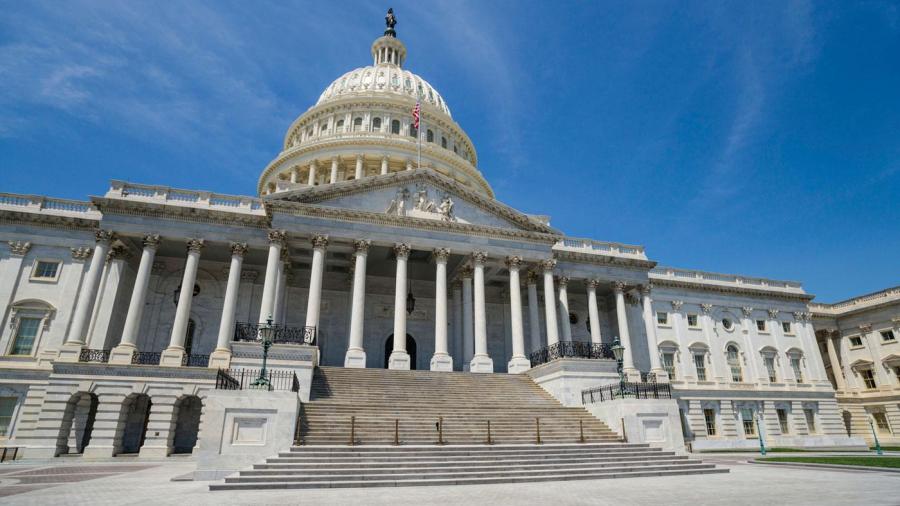How Many Votes Does Congress Need to Override a Veto?

It’s impossible to find the word “veto” in the United States Constitution. However, the president has the power to refuse to sign legislation, and that’s clearly outlined in the Constitution.
Every bill that the U.S. House of Representatives and the U.S. Senate passes goes to the president to be approved so it can become the law of the land, notes the National Archive. The president is required to sign the bill if he approves it. However, the president has the power to veto a bill sent to him for approval. Once the president vetoes a bill, he returns it to the house that came up with the bill along with the objections.
Overriding a Veto If two-thirds of the house reconsiders the bill, it’ll be sent along with the president‰Ûªs reasons for rejecting the bill to the other house to be considered for an override. If two-thirds of Congress approves the bill, it becomes law.
The framers of the U.S. Constitution gave the president powers to veto acts of Congress as a means of ensuring checks and balances, notes The Heritage Foundation. Essentially to prevent the Congress from becoming too powerful. This is one of the best examples of the principle of separation of powers, which is an integral element of the U.S. Constitution. The framers of the constitution established the principle of separation of powers between the three branches of government to establish an effective system of checks and balances and prevent misuse or abuse of power.
Limitations of the Veto Power An important fact about the veto power is that the president cannot use it to alter or amend the contents of a piece of legislation. The veto power only allows the president to accept or reject an entire bill passed by Congress. However, the president can influence legislation by threatening a veto and can persuade legislators to change or amend the contents of a bill to make it more acceptable.
Congress Power Congress must vote to override a veto. The number of votes required to override a bill is two-thirds of the House and Senate. An act is often passed by a simple majority. Congress‰Ûªs power to override a veto is a check that prevents the president from blocking an act with significant support. Two-thirds is considered a high standard to meet. However, the power of the president to veto is quite significant, which is why there are very few veto overrides. In fact, only 106 out of 1,484 regular vetoes have been overridden since 1789, notes the U.S. Senate.
A bill can also become law if the president doesn’t sign it within 10 days unless Congress is adjourned. If Congress adjourns and the president does not want a bill to pass, he may simply fail to sign the bill. Such a bill is essentially vetoed and fails to become law. This type of veto is known as a pocket veto, notes The Heritage Foundation. As long as Congress is adjourned, it cannot vote. In addition, it’s impossible to override a pocket veto. More than 40 percent of all presidential vetoes from 1789 to 2004 have been pocket vetoes, notes the American Presidency Project.
Once a bill is vetoed, it’s returned to Congress and becomes a priority action. Congress may put aside all pending business to reconsider the vetoed bill. Congress has two options for vetoed bills: do nothing and let the vetoes stand or override the veto.





